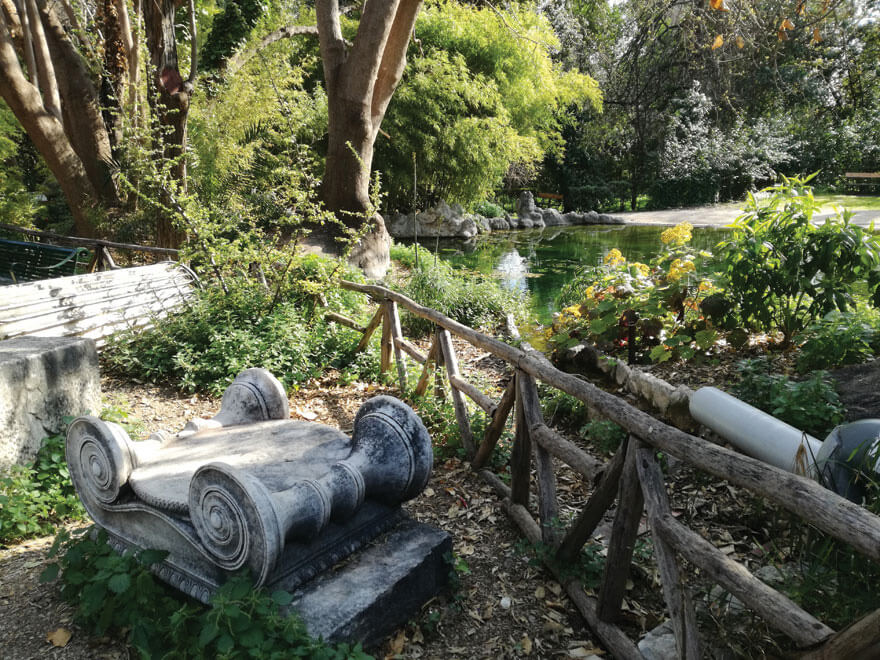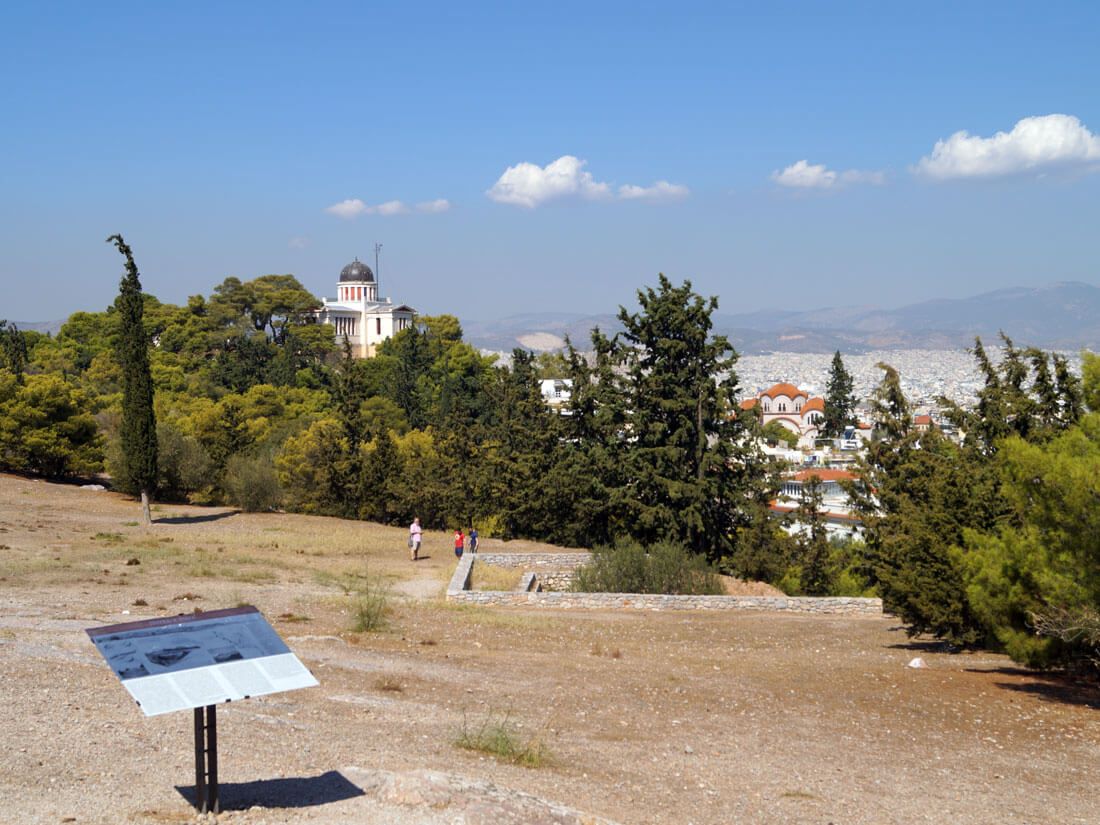Tell us a little about yourself.
I live in Athens and currently work in the Greek Parliament as Chief Curator of its Art Collection. I studied archaeology and art history at the University of Athens, where I did postgraduate studies in the history of modern art. At the same time, I studied and conducted research at universities and institutions abroad. My focus area is the history of European art from the Renaissance to Neoclassicism. Athens and its architecture have been one of the main topics of interest for me in publications, conferences and exhibitions.
Why choosing Athens? What is your favorite thing about the city?
I first came to Athens in 1991 to study, but by choice, I live here now permanently. I chose to stay in Athens not because of its everyday life, but its history and cultural tradition. I like to walk around the historic center of the city and observe its ancient and modern monuments, recalling their history. Athens was the cultural capital of antiquity, but also a reference point for modern European culture, with an iconic position. It is this constant sense of historical time that excites me about Athens. That is why it is the city of my choice.

What drew you to the phenomenon of Neoclassicism?
Neoclassicism essentially means a conscious reference to ancient archetypes. From the mid-18th century onwards, especially in Architecture, there is a clear adoption of ancient standards. In this context, the ancient monuments of Athens have formed the model, shaping the so-called ‘Greek Revival’ style. This way, Athenian monuments are reproduced and scattered - faithfully or freely - in a series of important neoclassical buildings, mainly in England and Scotland, in German-speaking areas (e.g. Bavaria and Austria) and cities of the Eastern States of USA (e.g. Boston, Philadelphia, New York). So, Athens "travels" out of itself. This aspect of Neoclassicism, in relation always to Athens, is of particular interest to me.
Do you think Athens has a far side which people ignore?
What the Athenians and foreign visitors of the city are unaware of is the historical continuity of the city. Its present appearance is certainly visible and its antiquities are well known. But, what is not widely known - and is very interesting indeed - is the "fate" and “life” of the ancient monuments after antiquity, their subsequent recruitment, and the shaping of the city of Athens during the medieval and modern times. In other words, the uninterrupted history of Athens is far more interesting than the individual knowledge of its classic monuments.

What is your favorite landmark in Athens?
I have quite a few favorite landmarks in the historic center of Athens. One of them is the National Gardens. A unique "breath" in the bustling urban fabric of the city - ideal for a relaxing break. In addition, it gives precisely this historical continuation of Athens - which I mentioned above - as it includes monuments from antiquity to modern times. The National Gardens is directly associated with the period after 1834 A.D., when Athens became once again the capital of Greece and a modern European city.
What is your favorite route to walk in Athens?
One of the most interesting routes is the one that starts from the area of Thiseio and via the Apostle Paul's sidewalk leads to the foothills of the Acropolis (on the pedestrian street of Dionysiou Areopagitou Street). Along this route, one can - always having unobstructed views of the Acropolis monuments - deviate from the straight path, and tour the neoclassical houses of the Thiseio area, the National Observatory of Athens and Pnyx, on top of Philopappos Hill, with the spectacular panoramic views of the city of Athens, as well as the sea of Piraeus.

Is there one thing not many people know about Athens?
What most people may not know is that there are many more Athenses! I am referring to cities that consciously adopted the name of Athens (several of them in the United States of America), but also others that were designated "Athens", as they themselves wanted to approach Athens in the sense of a cultural metropolis. Florence of Medici, for example, is called the "new Athens" of the Renaissance, while the neoclassical cities of Munich and Edinburgh were named "Athens on the River Izar" and "Athens of the North" respectively.
What would you wish for the city’s future?
Athens has been a point of reference for Western culture over time. I hope my city truly becomes a cultural model for our modern multicultural world. Its history, art, cultural tradition can still inspire the values of anthropocentric culture, that people today - and always will - need.

We would like to thank Dr. Koutsogiannis for his time and for giving us his insights into our beloved Athens. If you wish to learn more about Neoclassicism and Athens, contact us and we can arrange a private walking tour for you with a field expert.



